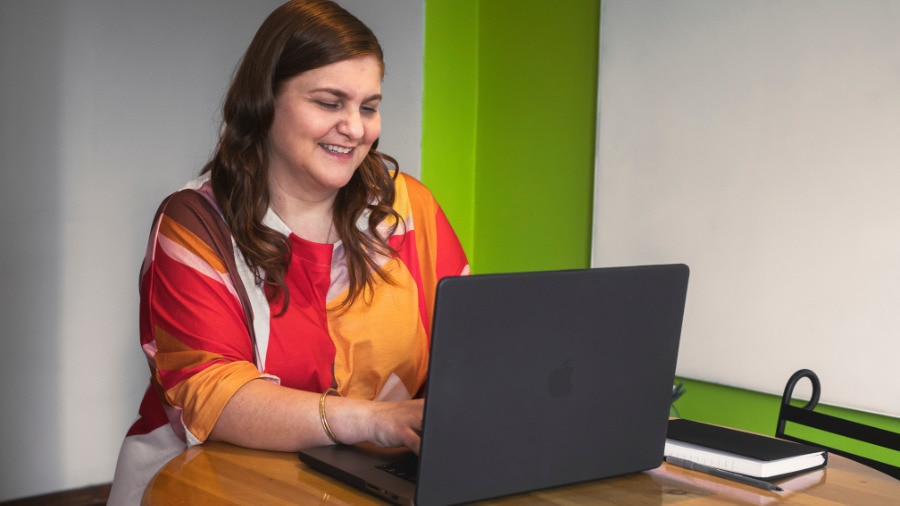Continued Integration
The vertical integration of compatible apps with software has already become a normal part of cloud-based software systems. Work towards better and more seamless integration of apps with different capabilities is an ongoing project for many app and accounting software developers. This trend can only continue, until something like a market standard for compatibility is common to every app, and a cloud-based solution is available for virtually any need that could arise.
Another approach to vertical integration is layering apps. This works a lot like the package deals vertical app markets currently offer, but with a more customized approach that allows the user to build a cloud-accounting solution specifically for their business.
For example, if a small accounting firm needed to handle financials for a start-up, payroll for an established client, and a data security audit for a one-off customer who might develop into a long-term contract, they would need three different apps to provide a solution for their varying clients. An ideal solution is to have a standard payroll app coupled with a financing app, interest rate/loan calculator, and a report generator for the audit client.
The layered approach to this situation is to choose a specific app for each task, then combine — or “layer” — them all together into the app you’re comfortable using. While this is already possible with the integration capabilities of QuickBooks Online, it is safe to say that layering will be an essential aspect of cloud-based systems of the future.
Ready to dive in? Desktop accounting applications might be on the way out, so transitioning to cloud accounting is a smart choice now. 5.6 million businesses use QuickBooks. Join them today to help your business thrive.
